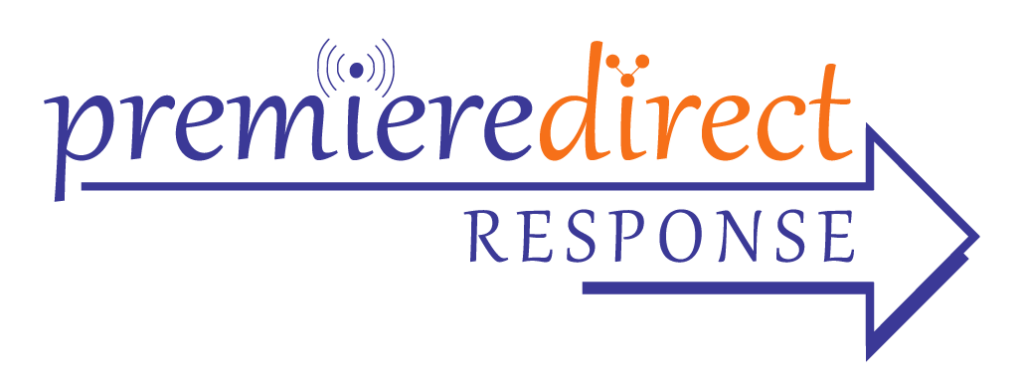Despite an onslaught of new media platforms and devices, established forms of media – such as radio and TV – remain resilient, according to new study from Kantar Media. Nearly every consumer surveyed for the research firm’s Dimension 2018 report, across the U.S. and four other global markets, continues to access television through a TV set and 88% listen to radio “offline” or through a traditional broadcast receiver. Around 80% continue to look at print versions of newspapers and magazines.
The new numbers “speak to the power of these established platforms,” Kantar says in the 125-page report. “This isn’t to say that the overall trend toward online services has been massively exaggerated or even that it is slowing, but it is worth remembering that we are currently living in a mixed media economy,” the report notes.
When it comes to attitudes toward advertising, the views of adults with internet access haven’t changed much over the past year. The largest percentage say advertising “doesn’t bother me one way or the other.” Nearly three-quarters (73%) of connected adults feel that advertising is changing for the better, or not changing at all, which is similar to last year’s figure. But the study found that consumers have a more positive attitude to ads in traditional media than those delivered online. “We believe that despite industry talk of improvements in targeting and the uptake in delivering ads of greater relevance to those receiving them, consumers still feel that they see the same ads too often, and that they are exposed to ads for products they’ve already bought,” Kantar says.
Advertising in traditional media scores better than online ads. “We continue to notice that ads shown online are less popular than ads displayed in the same medium but in a more traditional format,” the report says. “On the one hand the advertising world should be cheered by the fact that ads per se are still liked or tolerated, but on the other concerned that online ads remain comparably less popular than ads using more traditional methods of transmission.”
Consumers who feel that advertisers are doing a better job of communicating with them now than in the past declined slightly year-over-year, “highlighting that there is still work to be done to improve the standing of online advertising (in particular) with the end user,” the report reveals.
Other conclusions from the study: Consumers and industry leaders agree that improvements are needed to ensure relevancy in messaging; and that there is a balance between privacy and creative appropriateness. Advertisers and their agencies need help navigating the huge quantity of data available to them from multiple sources. And common standards are needed across all platforms to allow for full use to be made of all data, and for industry learnings to be maximized.
Kantar surveyed 5,000 “connected consumers” aged 18+ across Brazil, China, France, the UK and the U.S., with 1,000 surveys conducted in each country. Connected consumers are defined as those who use two out of a PC/laptop, a tablet or a smartphone to connect to the internet.
